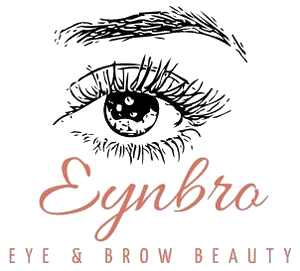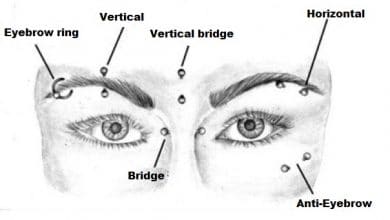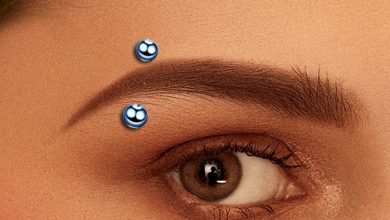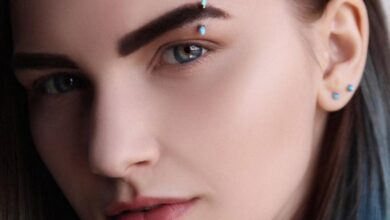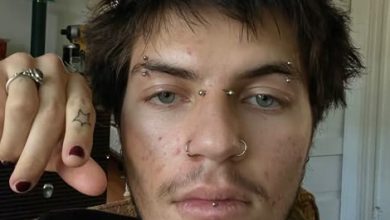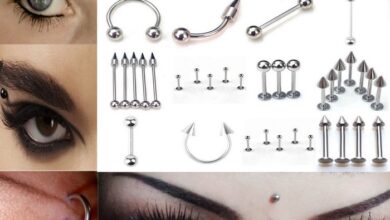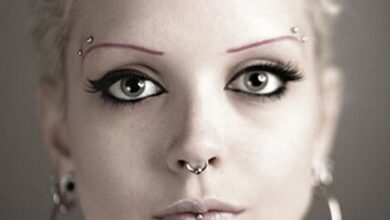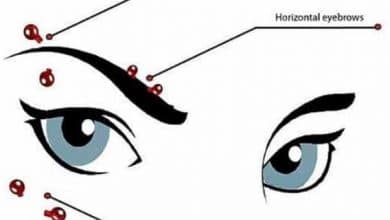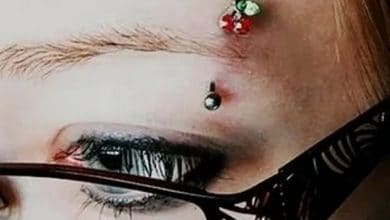Eyebrow piercing irritation bump
How to Treat and Prevent an Eyebrow Piercing Bump: Complete Expert Guide

Getting an eyebrow piercing is a stylish, attention-grabbing choice—but what happens when a painful or unsightly bump appears around the piercing? You’re not alone. Bumps are one of the most common issues people face with facial piercings, and they can be frustrating, especially if you’re not sure what’s causing them or how to treat them effectively.
This guide brings together expert advice from professional piercers and board-certified dermatologists to help you understand what eyebrow piercing bumps are, how to deal with them, and how to keep them from coming back.
Eyebrow Piercing Bump: What It Is and Why It Happens
An eyebrow piercing bump is a small lump that forms near the entry or exit point of your piercing. It can be firm or soft, painful or painless, and may be caused by irritation, infection, or your body’s natural healing response.
Common causes include:
- Friction from clothing, pillows, or hair
- Accidental bumping or sleeping on the piercing
- Touching the area with unwashed hands
- Poor-quality jewelry, especially those containing nickel
- Improper aftercare or premature jewelry changes
Your immune system may react to the trauma or foreign object (the jewelry) by producing inflammation, leading to a bump. Sometimes, this bump is harmless and temporary. In other cases, it may indicate an issue that needs treatment.
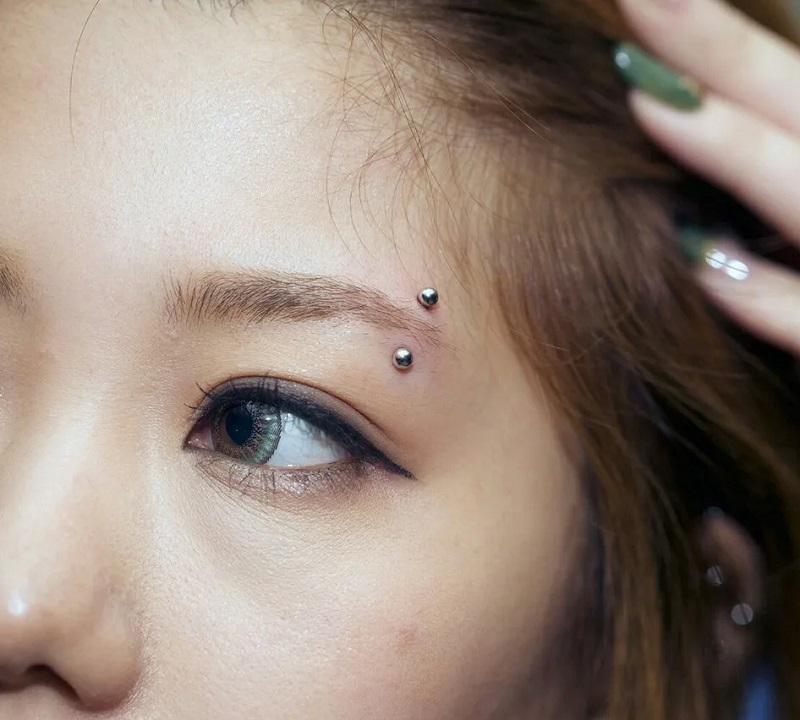
| Type of Bump | Description |
|---|---|
| Hypertrophic Scar | A small, firm, raised bump caused by excess collagen during healing. Very common and not dangerous. |
| Keloid | A thick, raised scar that spreads beyond the piercing area. More common in people with a genetic predisposition. Difficult to treat. |
| Granuloma | Inflammatory tissue often caused by irritation or trauma. Usually harmless but may look alarming. |
| Infection-Related Bump | Often red, warm, swollen, and possibly filled with pus. Can be painful and may require antibiotics. |
How to Treat an Eyebrow Piercing Bump
Saline Soaks
Saline soaks are one of the safest and most effective home remedies. Mix 1/8 teaspoon of non-iodized sea salt in 1 cup of warm distilled water. Soak a clean compress in the solution and hold it against the bump for 5–10 minutes, 2–3 times daily.
Chamomile Compress
Chamomile tea bags can act as a natural anti-inflammatory. Steep the bag in hot water, let it cool slightly, and place it on the bump once daily. It can help soothe irritation and reduce swelling.
Apple Cider Vinegar
Soak a cotton pad in diluted apple cider vinegar and tape it to the bump overnight. It may dry out and shrink the bump within a few days, though this should be avoided on broken skin or active infections.
Herbal and Oil-Based Solutions
For hypertrophic scars, daily massages with rosehip seed oil can soften scar tissue and promote healing. Some people also use tea tree oil, though it should be heavily diluted to avoid irritation.
Compression Therapy
Professional piercers may apply a flat titanium disc (compression disc) to gently press on the bump. This method reduces the bump over time and should only be done under supervision.
Prescription Creams and Ointments
Dermatologists often prescribe mupirocin ointment for infected piercings or topical steroid creams for inflammation and scarring.
Anti-Inflammatory Medication
Over-the-counter NSAIDs like ibuprofen can reduce pain and swelling caused by trauma or infection.
Cortisone Injections
If your bump is large, persistent, or keloid-like, a cortisone shot administered by a dermatologist can shrink it rapidly.
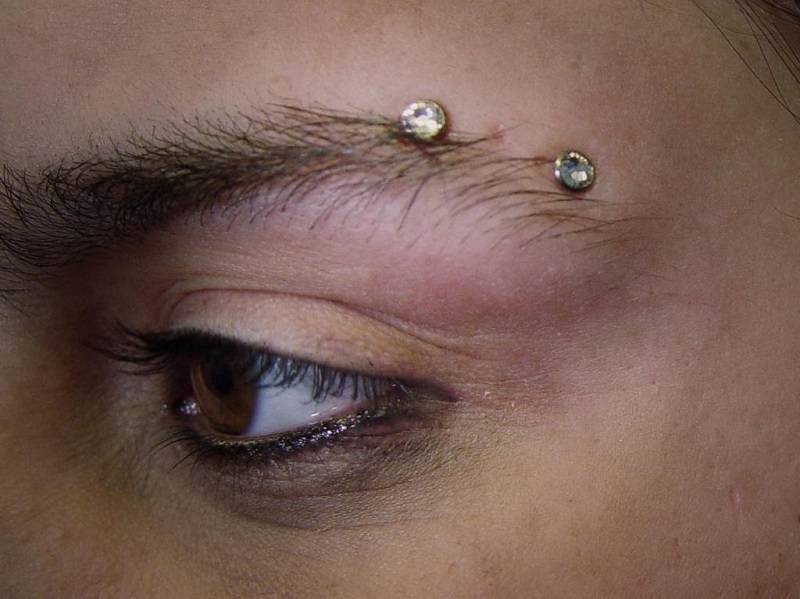
What Jewelry Should You Use?
The right jewelry makes a huge difference in healing and preventing bumps. For initial eyebrow piercings, professionals recommend a 16-gauge curved barbell made of implant-grade titanium or niobium. These materials are hypoallergenic and reduce the risk of allergic reactions or metal sensitivity.
Avoid changing the jewelry too soon. If your jewelry is too tight or moves excessively, it can cause friction and worsen the bump. A professional can assess the fit and may recommend downsizing once the initial swelling subsides.
Can Eyebrow Piercings Migrate or Reject?
Yes, eyebrow piercings are more likely to migrate (move closer to the skin’s surface) or be rejected over time compared to other facial piercings. This is due to the relatively flat skin of the eyebrow area.
Signs of migration include:
- Thinning skin between the jewelry’s entry and exit points
- Visible movement of the jewelry over time
- Redness or soreness that doesn’t improve
If your piercing is migrating, it’s often best to remove the jewelry before full rejection occurs to avoid permanent scarring. The piercing can be redone in the future in a slightly different spot by a professional.
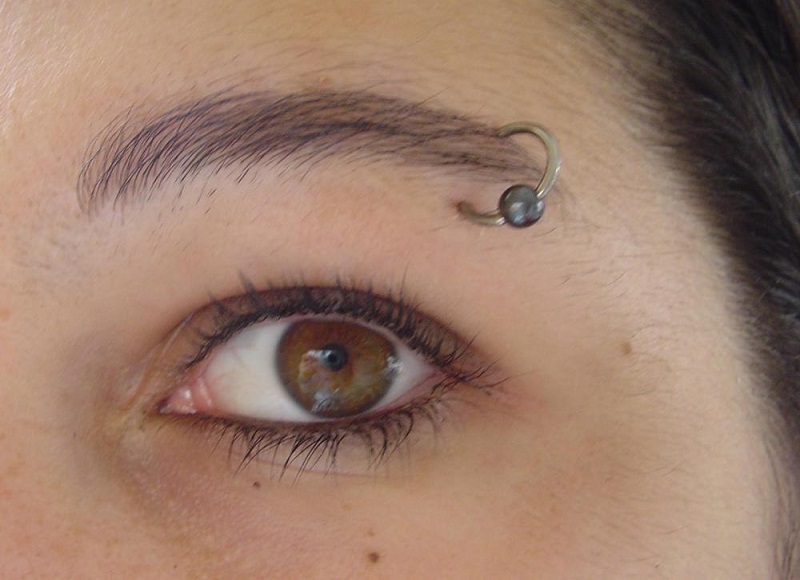
Common Mistakes to Avoid
Many piercing bumps are caused or worsened by small daily habits. Avoid these common mistakes to help your eyebrow piercing heal smoothly:
- Touching or twisting the jewelry with dirty hands
- Sleeping on the pierced side
- Applying alcohol, hydrogen peroxide, or harsh antiseptics
- Removing or changing jewelry too early
- Using cheap or nickel-based jewelry
- Applying makeup or skincare directly over the piercing
Best Jewelry Materials for Sensitive Skin
| Material | Pros | Notes |
|---|---|---|
| Titanium | Hypoallergenic, lightweight, durable | Ideal for sensitive skin and initial piercings |
| Niobium | Non-reactive, high quality | Great alternative if titanium isn’t available |
| Surgical Steel | Affordable, durable | Not suitable for those allergic to nickel |
| Gold (14k or higher) | Biocompatible and stylish | Must be solid, not gold-plated |
| Bioplast/Tygon | Flexible, non-metallic | Ideal for healing in certain cases, but not universally preferred |
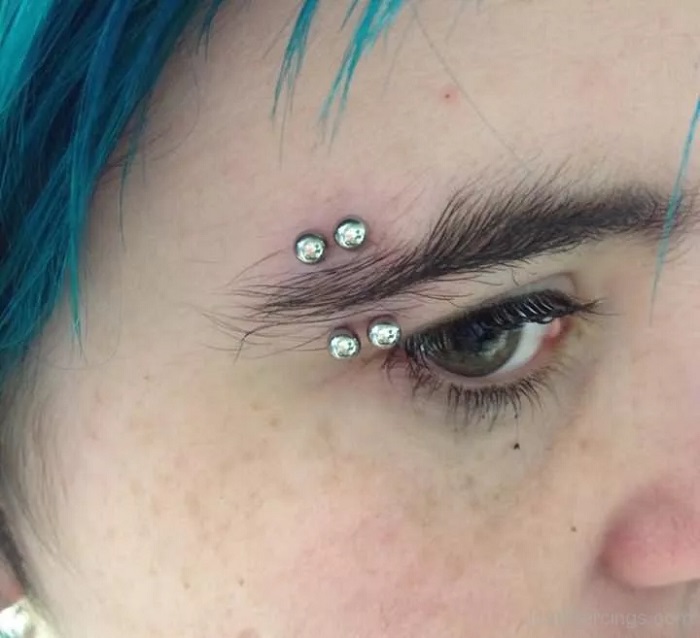
When to See a Doctor
While many piercing bumps resolve with proper care, some require medical evaluation. You should consult a dermatologist if:
- The bump persists after several weeks of home treatment
- There is significant pain, heat, or swelling
- You notice pus or foul-smelling discharge
- You develop fever or other systemic symptoms
Takeaway
An eyebrow piercing bump doesn’t have to spell the end of your piercing journey. Most bumps are treatable and can even be prevented with the right aftercare, high-quality jewelry, and a bit of patience. Stick to gentle treatments like saline soaks, chamomile compresses, and professional advice when needed. If something doesn’t look or feel right, don’t hesitate to reach out to your piercer or dermatologist.
FAQ
How long does it take for a piercing bump to go away?
With consistent care, minor bumps may shrink in a few days, while more stubborn ones can take several weeks.
Can I pop the bump on my eyebrow piercing?
No. Popping the bump can introduce bacteria, cause infection, and worsen the scar. Always use gentle treatments instead.
Should I remove my jewelry if I have a bump?
Only under the advice of a piercer or doctor. Removing jewelry too soon can trap infection inside and make things worse.
Is it a keloid or just a bump?
Keloids are thick, raised, and often grow beyond the piercing area. A professional can tell you whether you’re dealing with a keloid or a less severe hypertrophic scar.
Will the bump go away on its own?
Sometimes. But in most cases, it improves faster with treatment and proper aftercare. Ignoring it may lead to worsening irritation or scarring.
With the right steps, you can heal your eyebrow piercing bump and keep your piercing looking as good as new.
